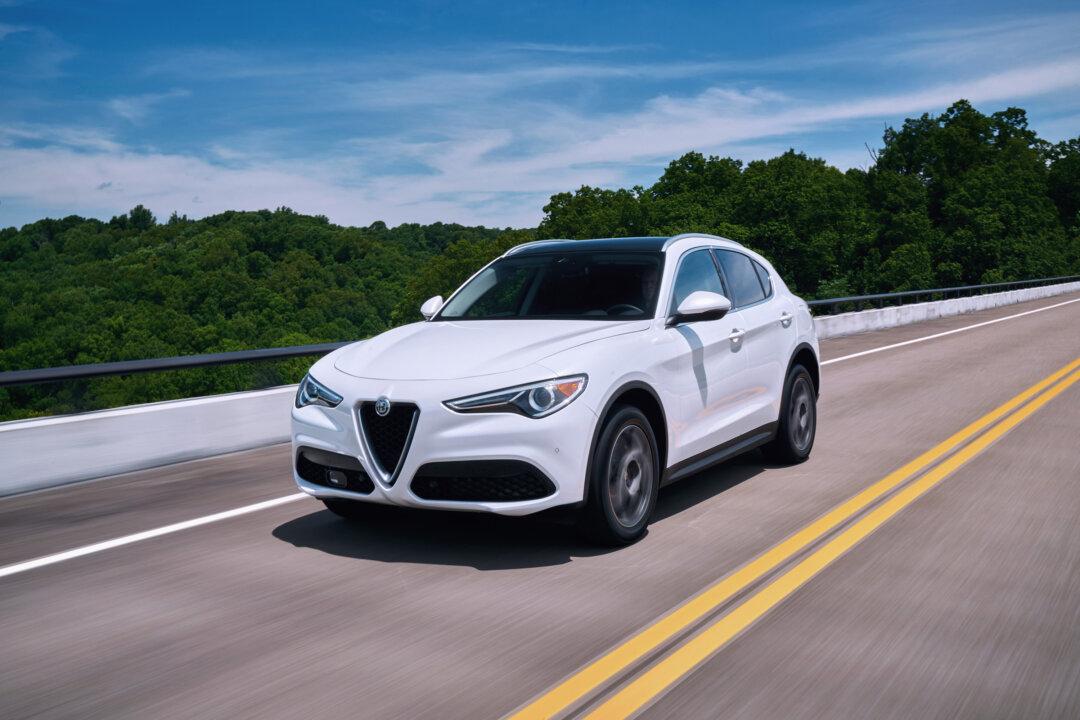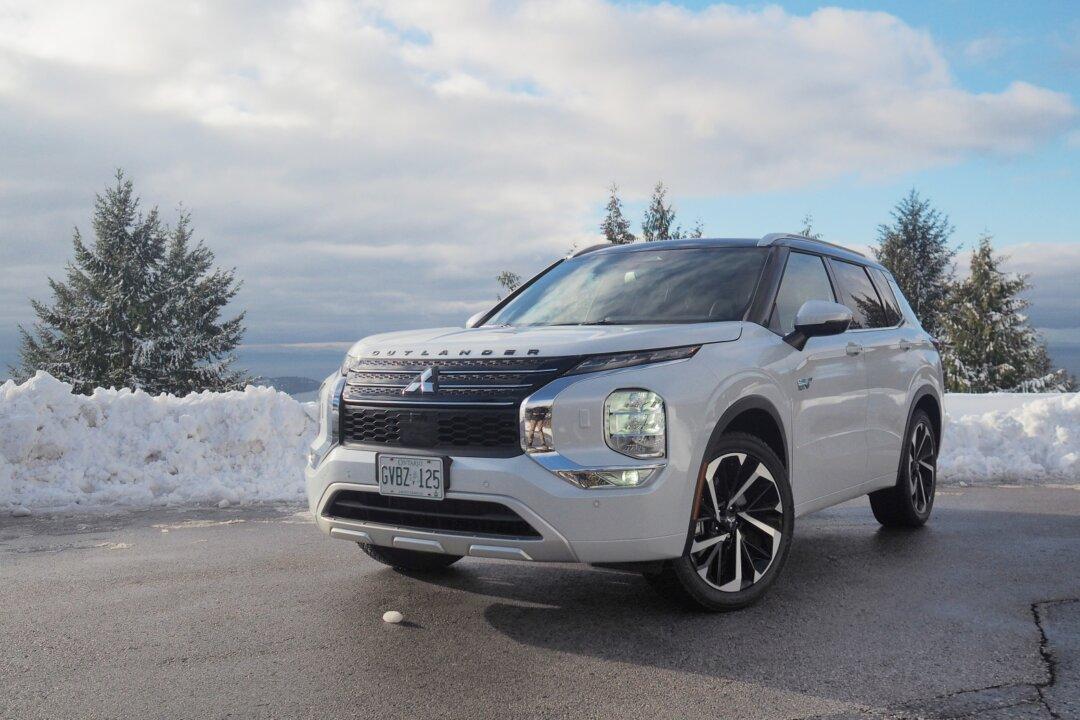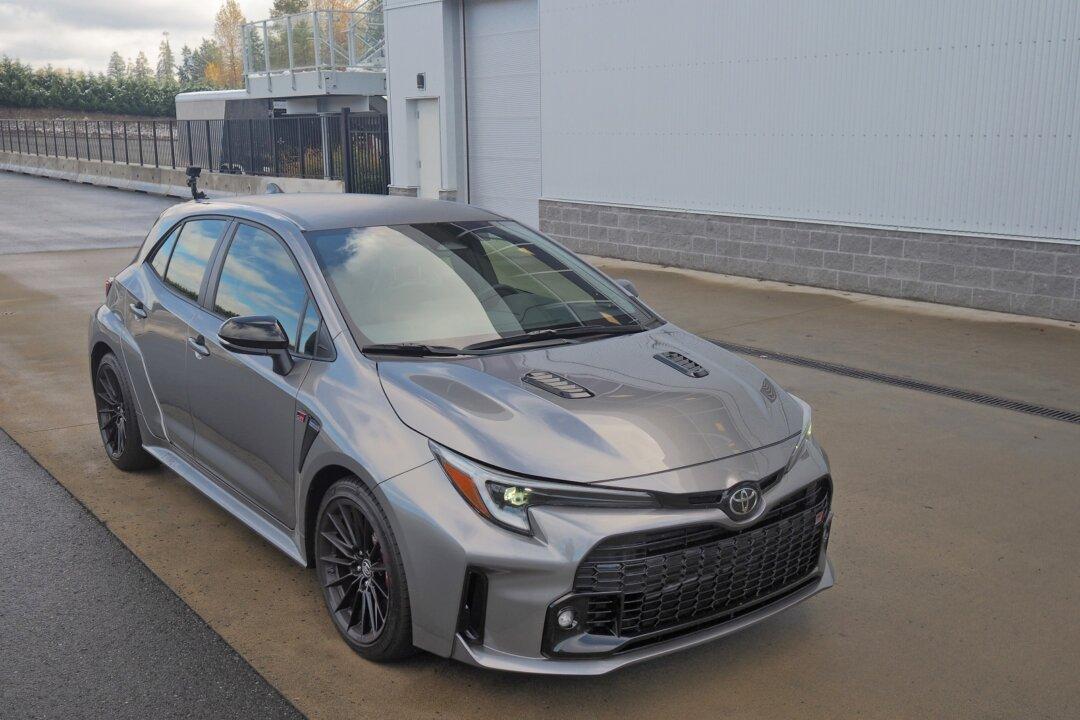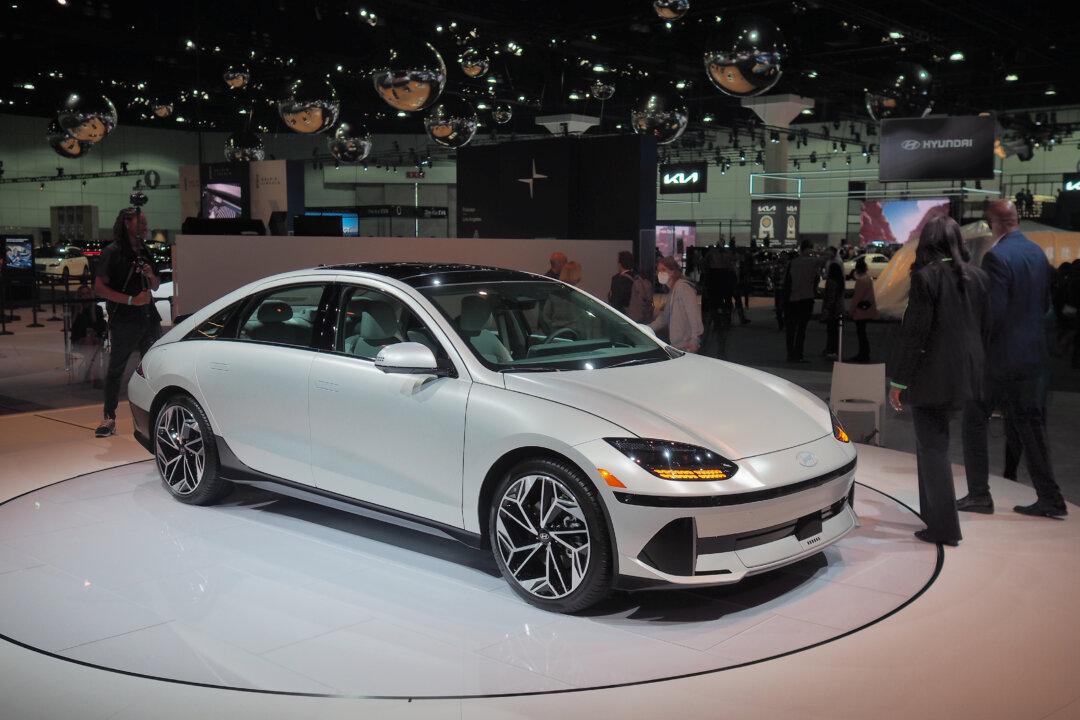With a name taking after the highest mountain pass in Northern Italy, with 20 kilometres of twisting pavement consisting of 75 hairpin switchbacks, the good folks at Alfa Romeo couldn’t in good conscience put out a vehicle that was not apt to tackle that very road. And so the Stelvio was born, the Italian brand’s very first SUV.
It’s refreshing to see something different—and the muscular Stelvio wearing Alfa Romeo’s distinctive Trilobe shield grille certainly qualifies—taking on the utility products from more established marques currently dominating many city streets.





